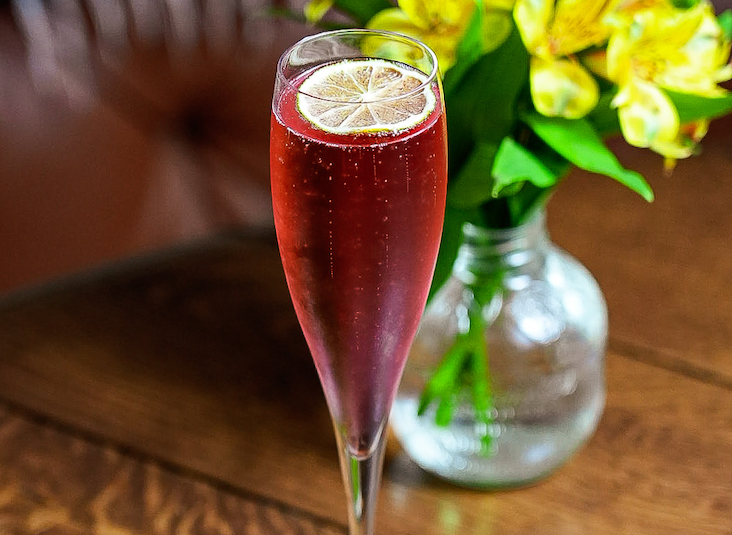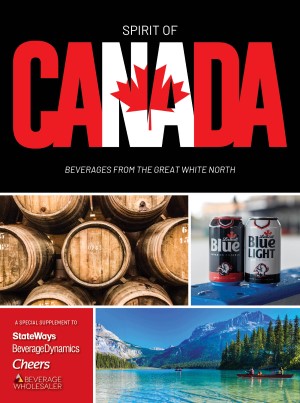VIVA CERVEZA!
MEXICAN BREWERS HAVE EMPLOYED GERMAN ROOTS AND NEW WORLD STYLE TO CONQUER THE US IMPORT MARKET.
As in most early societies, there is plenty of evidence that Mayas and Aztecs were brewing from corn debris husks, cobs and mashed kernels long before the Europeans arrived. But it was the influx of German immigrants and the influence of a brief Austrian rule over the country in the middle of the 19th century that helped cement the art of brewing as an all-Mexican endeavor.
While at first, most modern brewers were small operations, by 1890, the first substantial, industrial brewing facility in the country was built in Monterrey. Four years later another large brewery opened in Orizaba. The industrialization of the Mexican beer business was on.
BREWING FUN
The majority of Mexican beers produced today are pale pilsener lagers, light in color, flavor and hoppiness. They, like Caribbean beers, have won favor with American consumers because of their easy drinkability and light aftertaste. The connection with sun-and-fun vacations hasn’t hurt, either, nor has the growing Mexican and Central American population in the US.
Most of the Mexican beers have developed, like their North American counterparts, from recipes that arrived with central European brewers, and were based on such classic European brewing styles as Vienna lager, export lager and pilsener. For instance, Dos Equis Amber is a good example of a Viennese lager, while Bohemia is modeled after a German lager. Negra Modelo is brewed as a sweetish and malty Vienna-style lager and is now one of the fastest-growing import beers in the US; Mexican beers do well, it seems, even if they are not just light pilseners.
Most Mexican beers are produced by the two beer giants, FEMSA and Grupo Modelo. FEMSA is a general beverage corporation whose roots date to back to 1890 and the first large Mexican brewery, Cerveceria Cuauhtémoc in Monterrey. With their brands Tecate, Sol, Dos Equis, Carta Blanca, Superior, Indio, Bohemia and Noche Buena – FEMSA is a major international brewer. Labatt’s of Canada (a subsidiary of the Belgian brewer Interbrew) owns 30 percent of FEMSA.
TWO KINGS
Grupo Modelo has fewer brands but a larger part of the Mexican beer export market with Corona, Corona Light, Negra Modelo, Modelo Especial and Pacifico their five export brands (In Mexico, they also brew Victoria, Estrella, Leon and Montejo.) Grupo Modelo is 51 per cent owned by Anheuser-Busch but control of the company remains with Modelo.
Corona is the flagship beer of Grupo Modelo. It’s a lager, the #1 import in the US, and only six US brewed beers are more popular here. The clear glass bottle with the blue and white painted label has become recognizable throughout North America, and the brand shows no sign of slowing in growth.
Corona Light has piggy-backed on Corona, and is one of the fastest growing light beers in the US, second among light imports only to longtime leader Amstel.
Modelo Especial is another pilsener type beer with slightly more body than Corona, while Negra Modelo is a Vienna-style lager, with a reddish-brown color. Slightly sweet with some fruitiness, it’s malty for a Mexican beer and goes well with spicy food.
Pacifico is a pale gold, full-flavored lager, the top-selling beer in Mexico, and has grown in the US based on a surge of popularity with vacationers, especially surfers and sport fishermen who have visited Mexico’s West Coast.
Bohemia is another pilsener, smooth, medium bodied, with some hoppiness. Brewed since 1900, Bohemia is named in honor of the hop growing and beer brewing region of the Czech Republic.
Tecate is a medium bodied quaffing beer, and is the #1 imported canned beer in the US today.
CINCO DE MAYO?
Cinco de Mayo is mainly a regional celebration in Mexico, mostly in the region of Puebla. But today, Cinco de Mayo is the biggest Mexican holiday in the United States, primarily due to canny marketing campaigns. Like St. Patrick’s Day, Cinco de Mayo is a holiday more likely to be celebrated in the US than in its country of origin.




